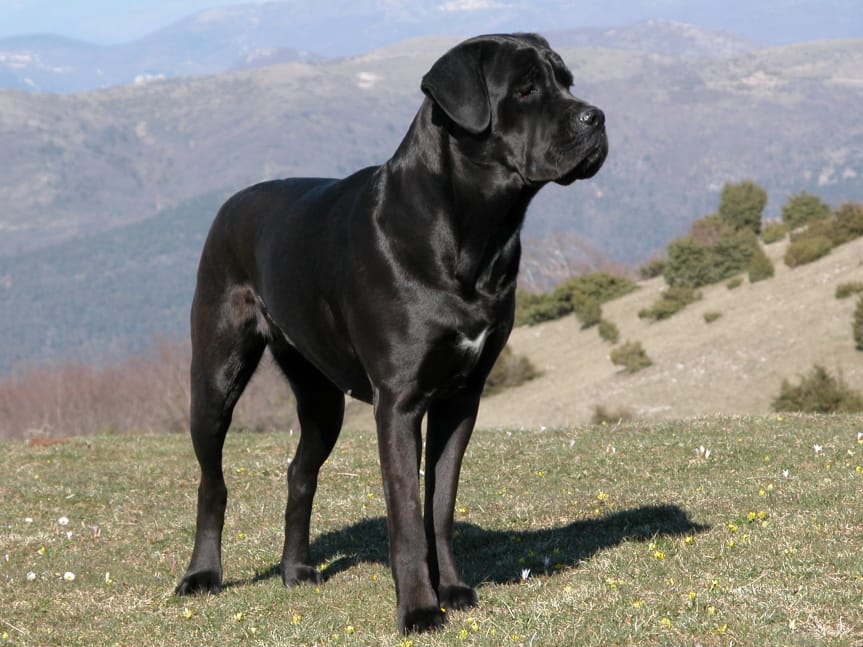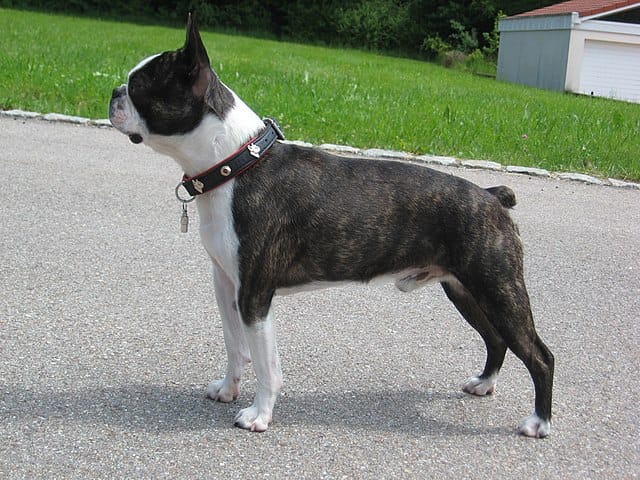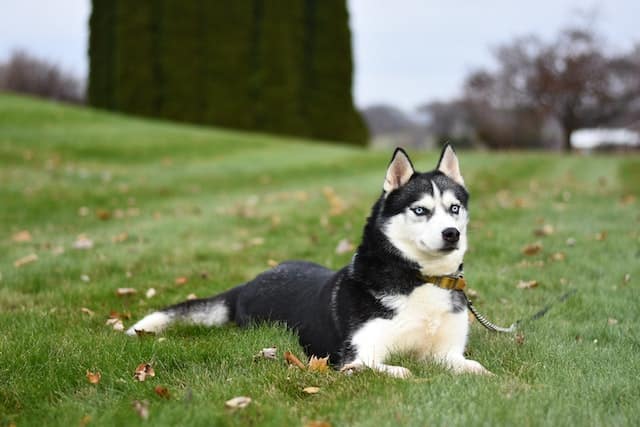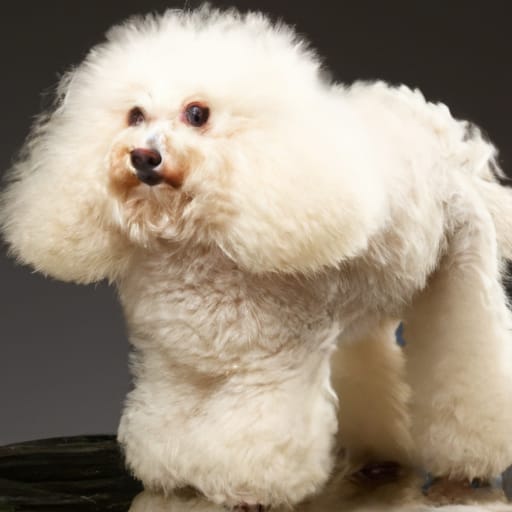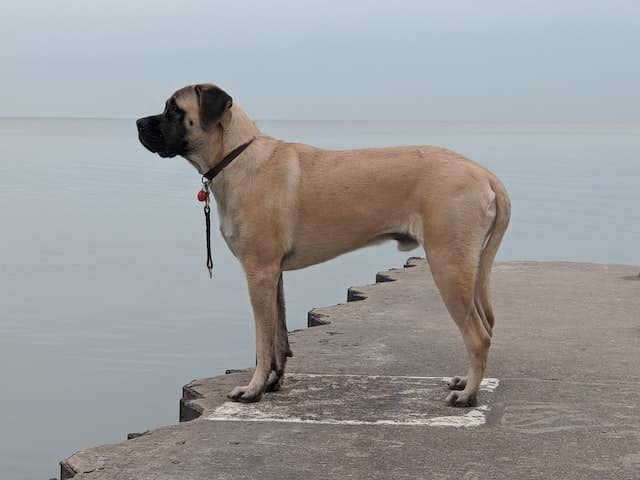Cane Corso Shedding: Why Do Cane Corsos Shed?
Do Cane Corsos Shed? If you’re a proud owner of a Cane Corso or considering welcoming one into your home, you may have wondered why these magnificent dogs shed so much. Cane Corsos are known for their short, dense coats that have the ability to shed quite a bit throughout the year. In this article, we will explore the reasons behind Cane Corso shedding, including their coat type, seasonal shedding patterns, and tips on how to manage their shedding effectively. So, if you find yourself covered in a layer of fur after cuddling with your beloved Cane Corso, stay tuned for some helpful insight into this shedding phenomenon.

Causes of Shedding in Cane Corsos
Cane Corsos are a breed known for their short, dense coat, which often leads to questions about shedding. Shedding is a natural process that occurs in all dogs, including Cane Corsos. However, the frequency and severity of shedding can vary depending on various factors. In this article, we will explore the different causes of shedding in Cane Corsos and provide you with insights on how to manage it effectively.
Genetics
Genetics play a significant role in a Cane Corso’s shedding patterns. Like all living beings, dogs inherit certain traits from their parents, including their coat type, color, and texture. If a Cane Corso comes from a lineage with heavy shedders, it is likely that it will shed more as well. Understanding the genetic background of your Cane Corso can give you insights into its shedding tendencies.
Seasonal Changes
Seasonal changes can heavily influence a Cane Corso’s shedding patterns. Many dog breeds, including Cane Corsos, have a natural shedding cycle that corresponds with the changing seasons. During the spring and fall, Cane Corsos often experience a more significant shed in preparation for the upcoming season. This shedding helps them get rid of their thick winter coat or grow a new one.
Hormonal Changes
Hormonal changes can also contribute to shedding in Cane Corsos. Just like humans, dogs go through various hormonal changes throughout their lives, which can affect their hair growth and shedding cycles. Some common hormonal changes that can cause increased shedding in Cane Corsos include puberty, pregnancy, postpartum, heat cycles, and aging. These fluctuations in hormones can disrupt the normal hair growth cycle and lead to excessive shedding.
Stress or Anxiety
Stress and anxiety can have a significant impact on a Cane Corso’s overall health, including its coat condition and shedding patterns. Dogs, like Cane Corsos, are sensitive animals and can experience stress and anxiety in various situations. Separation anxiety, changes in environment, lack of mental stimulation, and neglect or abuse can all trigger stress and anxiety in Cane Corsos, leading to increased shedding.
Medical Conditions
Certain medical conditions can also contribute to shedding in Cane Corsos. Allergies, skin infections, hormonal imbalances, and thyroid problems are some of the common medical issues that can cause excessive shedding. It’s essential to closely monitor your Cane Corso’s overall health and consult with a veterinarian if you notice any abnormal shedding patterns, along with other symptoms like itching, hair loss, or irritated skin.
Poor Nutrition
A balanced and nutritious diet is crucial for maintaining a healthy coat and minimizing shedding in Cane Corsos. Poor nutrition can result in inadequate intake of essential nutrients, which can significantly impact a Cane Corso’s overall health and coat quality. Feeding your Cane Corso low-quality dog food or not following a proper feeding schedule can lead to nutritional deficiencies, resulting in increased shedding.
The Role of Genetics in Cane Corso Shedding
Inherited Traits
Genetics significantly influence a Cane Corso’s shedding tendencies. The shedding patterns of a Cane Corso can be inherited from its parents and ancestors. If both parents of a Cane Corso shed heavily, it’s likely that the offspring will also shed more. On the other hand, if the parents have minimal shedding, their offspring may have the same tendency.
Coat Color and Texture
Coat color and texture can also play a role in shedding tendencies. Cane Corsos with darker coats or thicker fur may shed more compared to those with lighter coats or finer fur. The color and texture of a Cane Corso’s coat can affect the number of hairs that shed and how frequently shedding occurs.
Seasonal Shedding in Cane Corsos
Spring Shedding
During spring, Cane Corsos typically go through a process called “blowing their coat.” This shedding phase helps them get rid of their thick winter coat and make way for a lighter, more manageable coat for the warmer months ahead. Spring shedding in Cane Corsos can be quite extensive, and it’s not uncommon to see clumps of fur around your home during this time.
Fall Shedding
Fall shedding in Cane Corsos is another natural occurrence as they prepare for the colder months. During this time, Cane Corsos shed their summer coat to grow a thicker, insulating coat for the winter season. Fall shedding may not be as extensive as spring shedding, but it is still essential to manage it to prevent excessive shedding and keep your Cane Corso’s coat healthy.
Hormonal Changes and Shedding in Cane Corsos
Puberty
When Cane Corsos reach puberty, usually around six to nine months of age, hormonal changes occur in their bodies. These changes can affect their hair growth and shedding patterns. You may notice an increase in shedding during this period as the young Cane Corso’s body adjusts to these hormonal changes. Regular grooming and a healthy diet can help manage shedding during this phase.
Pregnancy and Postpartum
Female Cane Corsos go through hormonal changes during pregnancy and after giving birth. These changes can affect their hair growth cycle and lead to increased shedding. It’s essential to provide proper nutrition and support to pregnant and nursing Cane Corsos to minimize shedding and promote overall well-being.
Heat Cycles
Female Cane Corsos in heat may experience hormonal fluctuations, leading to shedding. While the shedding during heat cycles may be minimal compared to other shedding causes, it’s still important to be aware of it and manage any excessive shedding or changes in coat condition.
Aging
As Cane Corsos age, their bodies go through various changes, including hormonal shifts. These hormonal changes can impact the hair growth cycle and cause increased shedding. Regular grooming, proper nutrition, and regular vet check-ups can help manage shedding in aging Cane Corsos.
Stress or Anxiety as a Cause of Shedding in Cane Corsos
Separation Anxiety
Cane Corsos are known to be loyal and attached to their families. When they experience separation from their owners, they may develop separation anxiety. This anxiety can trigger stress and lead to increased shedding.
Changes in Environment
Any significant changes in a Cane Corso’s environment, such as moving to a new home or having new people or animals introduced to the household, can cause stress and anxiety. This stress can manifest as excessive shedding in Cane Corsos.
Lack of Mental Stimulation
Cane Corsos are intelligent and active dogs that require mental stimulation to keep them engaged and happy. If they do not receive enough mental exercise and enrichment, they may become bored and stressed, leading to shedding.
Neglect or Abuse
Cane Corsos are sensitive dogs, and any form of neglect or abuse can have severe consequences on their overall well-being. Stress and anxiety caused by neglect or abuse can lead to excessive shedding. Providing a loving, nurturing environment for your Cane Corso is essential for their mental and physical health.
Medical Conditions and Shedding in Cane Corsos
Allergies
Cane Corsos can develop allergies to various environmental triggers, such as pollen, dust mites, or certain foods. Allergies can cause skin irritation and itching, leading to excessive shedding. Identifying and managing allergies through veterinary guidance can help alleviate shedding caused by this condition.
Skin Infections
Skin infections can also contribute to shedding in Cane Corsos. Bacterial or fungal infections can cause itching, redness, and hair loss, resulting in increased shedding. Proper treatment and maintaining good hygiene practices can help prevent and manage skin infections.
Hormonal Imbalances
Hormonal imbalances, such as an overproduction of certain hormones or an underactive thyroid gland, can lead to excessive shedding in Cane Corsos. Consulting with a veterinarian to diagnose and treat hormonal imbalances can help manage shedding caused by these conditions.
Thyroid Problems
Thyroid problems, specifically hypothyroidism, can affect a Cane Corso’s hair growth and shedding patterns. Hypothyroidism can lead to thinning hair, hair loss, and increased shedding. Proper medical treatment and regular monitoring can help manage shedding caused by thyroid problems.

The Impact of Poor Nutrition on Shedding in Cane Corsos
Lack of Essential Nutrients
A healthy and balanced diet is crucial for a Cane Corso’s overall well-being, including its coat health. Lack of essential nutrients, such as omega-3 fatty acids and B vitamins, can lead to dry, brittle hair and increased shedding. Providing high-quality dog food that is formulated for your Cane Corso’s specific needs can help prevent shedding caused by nutritional deficiencies.
Low-Quality Dog Food
Feeding your Cane Corso low-quality dog food can result in inadequate nutrition, leading to various health issues, including shedding. Low-quality dog food often lacks the necessary vitamins, minerals, and fatty acids needed for healthy skin and coat. Investing in high-quality, nutrient-dense dog food can help minimize shedding caused by poor nutrition.
Improper Feeding Schedule
Establishing a proper feeding schedule for your Cane Corso is essential for maintaining regular hair growth and shedding cycles. Irregular feeding or overfeeding can disrupt the natural balance of hormones and nutrients in your Cane Corso’s body, leading to increased shedding. Follow a consistent feeding schedule and consult with your veterinarian to determine the appropriate portion size and feeding frequency.
Managing Shedding in Cane Corsos
While shedding is a natural process in Cane Corsos, there are ways to manage it effectively. Here are some tips on how to control shedding and promote a healthy coat:
Regular Grooming
Frequent grooming can help minimize shedding by removing loose hair and maintaining a clean coat. Brushing your Cane Corso’s coat at least once a week with a suitable brush or deshedding tool can significantly reduce shedding. Additionally, regular bathing and proper drying techniques can also contribute to a healthier coat and reduced shedding.
Healthy Diet
Providing your Cane Corso with a balanced and nutritious diet is essential for their overall health and coat condition. Choose high-quality dog food that meets their specific nutritional needs and contains essential fatty acids and vitamins to promote a healthy coat and minimize shedding. Consult with your veterinarian for dietary recommendations tailored to your Cane Corso’s individual requirements.
Stress Management
Reducing stress and anxiety can have a positive impact on your Cane Corso’s shedding patterns. Be mindful of their environment, provide regular exercise and mental stimulation, and ensure they have plenty of opportunities for socialization. If your Cane Corso is prone to stress or anxiety, consult with a professional dog trainer or veterinary behaviorist for guidance on stress management techniques.
Medical Treatment
If you suspect that your Cane Corso’s shedding is related to an underlying medical condition, it’s crucial to consult with a veterinarian for a proper diagnosis and treatment plan. They can conduct necessary tests to identify any medical issues and provide appropriate medications or therapies to manage shedding caused by these conditions.
Conclusion
Shedding is a natural occurrence in Cane Corsos, but understanding the causes and taking proactive measures can help minimize its impact on your home and keep your furry companion healthy. By considering factors such as genetics, seasonal changes, hormonal fluctuations, stress or anxiety, medical conditions, and nutrition, you can effectively manage shedding in your Cane Corso. Remember to provide regular grooming, a healthy diet, stress management techniques, and seek veterinary guidance when needed. With proper care and attention, you can help your Cane Corso maintain a healthy coat and reduce shedding to keep your home clean and your furry friend happy.


